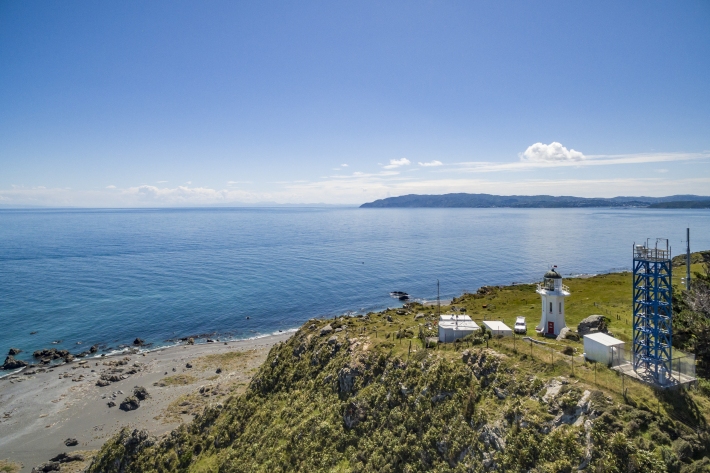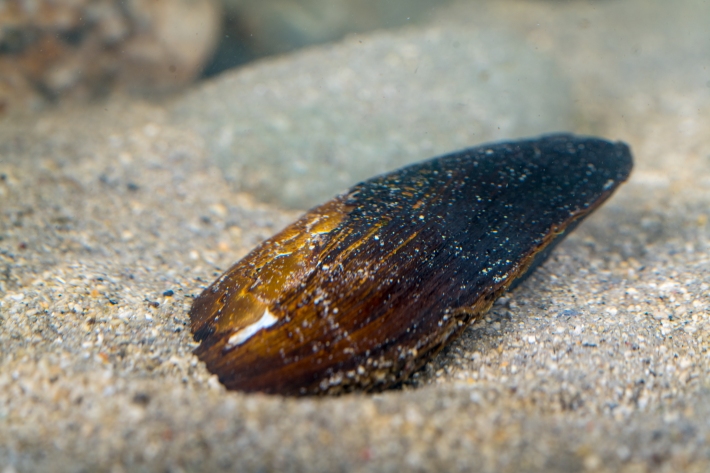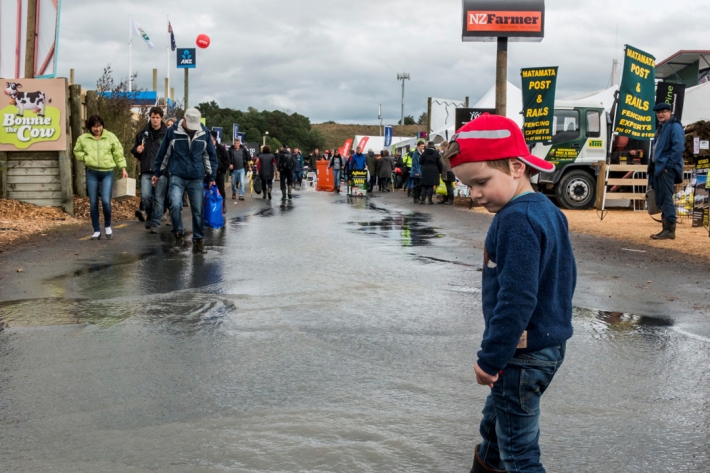-

Our changing oceans
Feature story13 June 2019The on-going rise of atmospheric carbon dioxide (CO2) that is fuelling climate change is also driving significant changes in the waters off our coasts. -

NIWA's underwater health check
Feature story13 June 2019At the bottom of our lakes are NIWA divers with waterproof clipboards. Sarah Fraser jumps in to find out what they’re doing. -

Fighting fires - one forecast at a time
Feature story13 June 2019When fire came to Pigeon Valley, Fire and Emergency came to NIWA. -

Climate Matters - shaping our climate solutions
13 June 2019NIWA is bringing together decision makers and influencers from across New Zealand this month to shape the science we need to respond to our changing climate. -

A bird's-eye view of our carbon balance
Feature story13 June 2019Dr Sara Mikaloff-Fletcher is looking to turn the internationally accepted science of monitoring greenhouse gas emissions upside down – and the rest of the world is watching closely. -

Endless summers
Feature story12 June 2019Susan Pepperell reports on a region trying to cope with a changing climate -

Protecting freshwater taonga
12 June 2019Taonga species such as tuna (freshwater eels), kōura (freshwater crayfish) and kākahi (freshwater mussels) are central to the identity and wellbeing of many Māori. -

Super-model for a worldwide stage
Feature story12 June 2019Demands for new weather and climate predictions are unprecedented as nations struggle to understand their exposure to risk from severe climatic events. -

From Gore to NIWA via NASA
Feature story11 June 2019A science-fiction fan, amateur actor, and eternal optimist, is now NIWA’s Chief Scientist for Climate, Atmosphere and Hazards.
Susan Pepperell finds out more. -

Fieldays Weather 2019: a mix of rain, sun, fog and fun
Media release10 June 2019If you’re planning a visit to the National Agricultural Fieldays at Mystery Creek this week, here’s what you can expect from the weather. -

Come jump in a lake with NIWA
Media release05 June 2019Visitors to NIWA’s stand at this year’s Fieldays are invited to go diving into the Rotorua lakes—without having to get wet.

